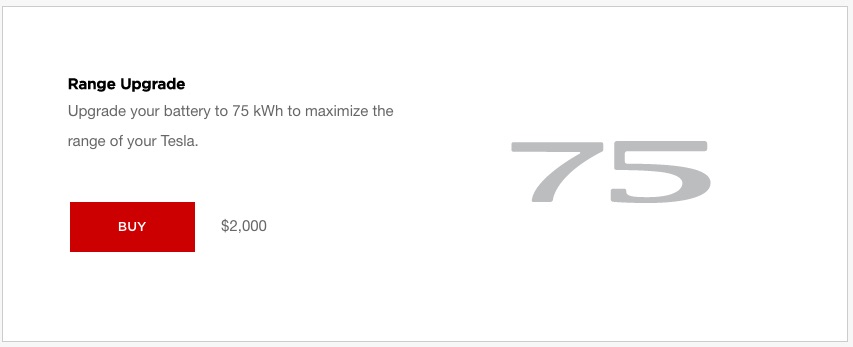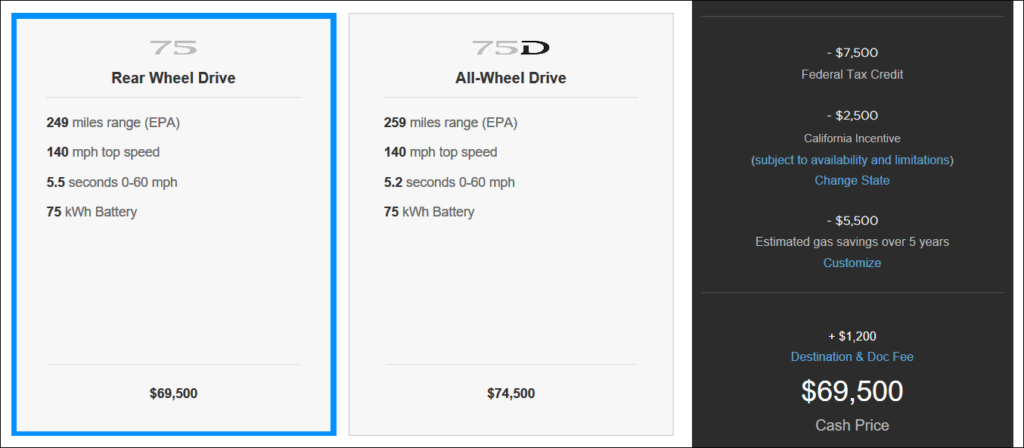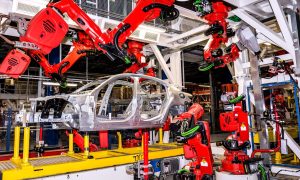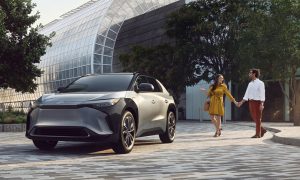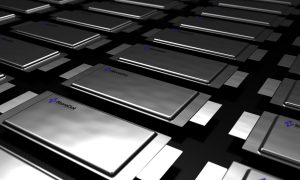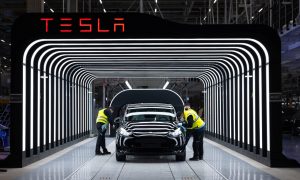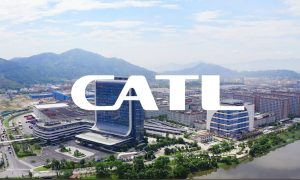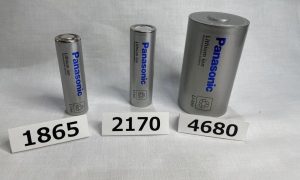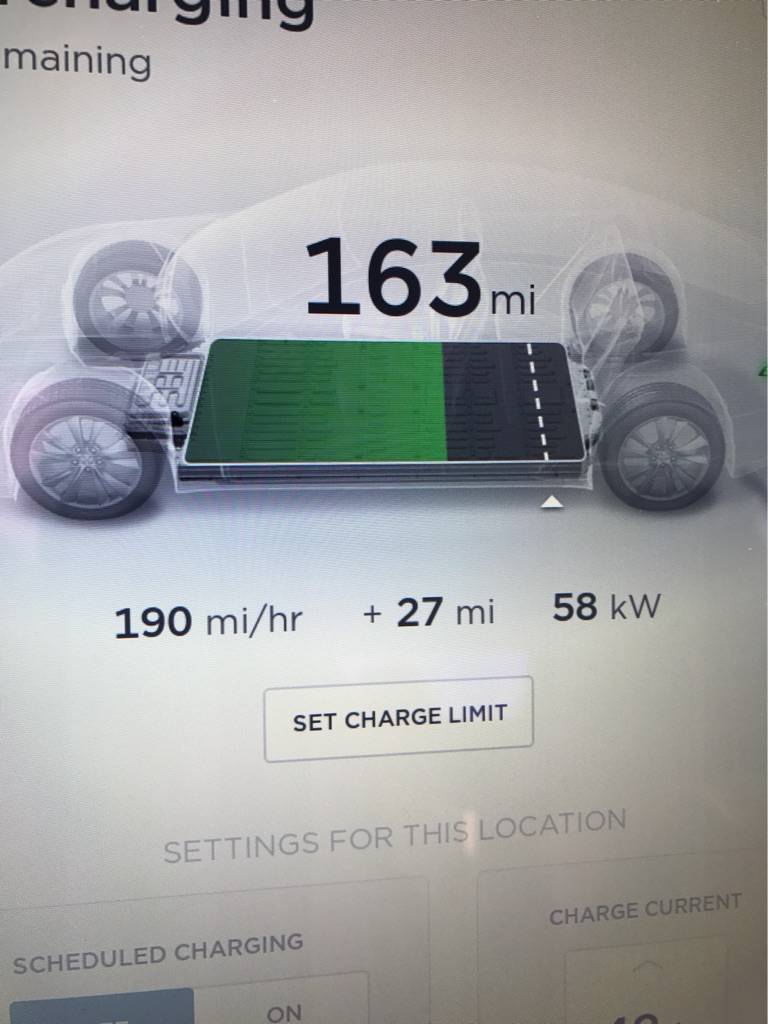

News
Tesla lowers pricing on 60 to 75 kWh battery upgrade to $2000 ahead of 100D, P100D price increase on April 24
Tesla has officially discontinued the Model S 60 kWh battery as of today. In its place, Model S 60 and Model S 70 owners are being prompted with a very welcomed surprise in the form of a heavily discounted offer for an ‘unlockable’ battery upgrade.
Teslarati forum user lTRKBLU shared a photo showing Tesla’s 75 kWh in-car Range Upgrade option being offered for $2,000, which represents a near 80% discount from the original $9,000 price tag first introduced in mid-2016. Tesla would later reduce the price of the Model S range upgrade to $7,000, which took place earlier this year.
The unlockable battery upgrade was one of several features that could be enabled through a Tesla over-the-air software update. The program was designed to minimize the price barrier of entry by allowing buyers to pay less up front and provide them with options to upgrade at a later time through an in-car purchase that can be made directly from the vehicle’s center touchscreen.
Reports coming from the Tesla Motors Club have also validated that the new software limited 60 kWh to 75 kWh battery upgrade is being made available for $2,000. Model S 70 owners have also chimed in with their reports that Tesla is offering a 5 kWh range upgrade for just $500. That represents a massive 85% price drop from the initial price tag of $3,500. The new $500 price for 5 kWh is by far the lowest price per kilowatt-hour we’ve seen.
Following the discontinuation of the Model S 60D, Tesla updated its Model S Design Studio with new pricing for the 75 kWh version of the Model S. The base price of a Model S 75 is only $1500 more than the phased out Model S 60.
Model S owners in Australia are also seeing the new price change today, with many reporting that they see a price drop from the initial $5,000 AUD to just $750 AUD for upgrading a 70 kWh to a 75 kWh battery pack.
Is the drastic battery price cut indicative of where pricing is headed as Gigafactory 1 continues to scale battery production? Green Tech Media quoted Ben Kallo, an equity analyst firm RW Baird, saying that Tesla “could reach its <$100 per kilowatt-hour target in the intermediate term as Gigafactory production ramps. Additionally, we believe TSLA is ahead of expectations on reducing battery costs, and continues to have a significant lead on competing EVs.”
According to a statement issued by Tesla, the company has included a slight price decrease on 75, 75D and 90D models to account for the discontinuation of the 60 kWh model.
Here’s the full statement from Tesla:
Periodically we have adjusted pricing and available options to best reflect the value of our products and our customers’ preferences. Today’s updates include slight price decreases to our 75, 75D and 90D models to account for the discontinuation of our 60 kWh models, and next week will be implementing slight price increases to our higher end 100D and P100D models. We expect our total average selling price to remain almost exactly the same.
Price increases for our 100D and P100D models will take effect on April 24, 2017 to best accommodate customers already in the order process, while price decreases for 75, 75D and 90D models will take effect today.
News
Tesla’s top investor questions ahead of the Q1 2025 earnings call
Unsupervised FSD, Cybercab, and future models are just a few of the leading topics for the upcoming earnings call.
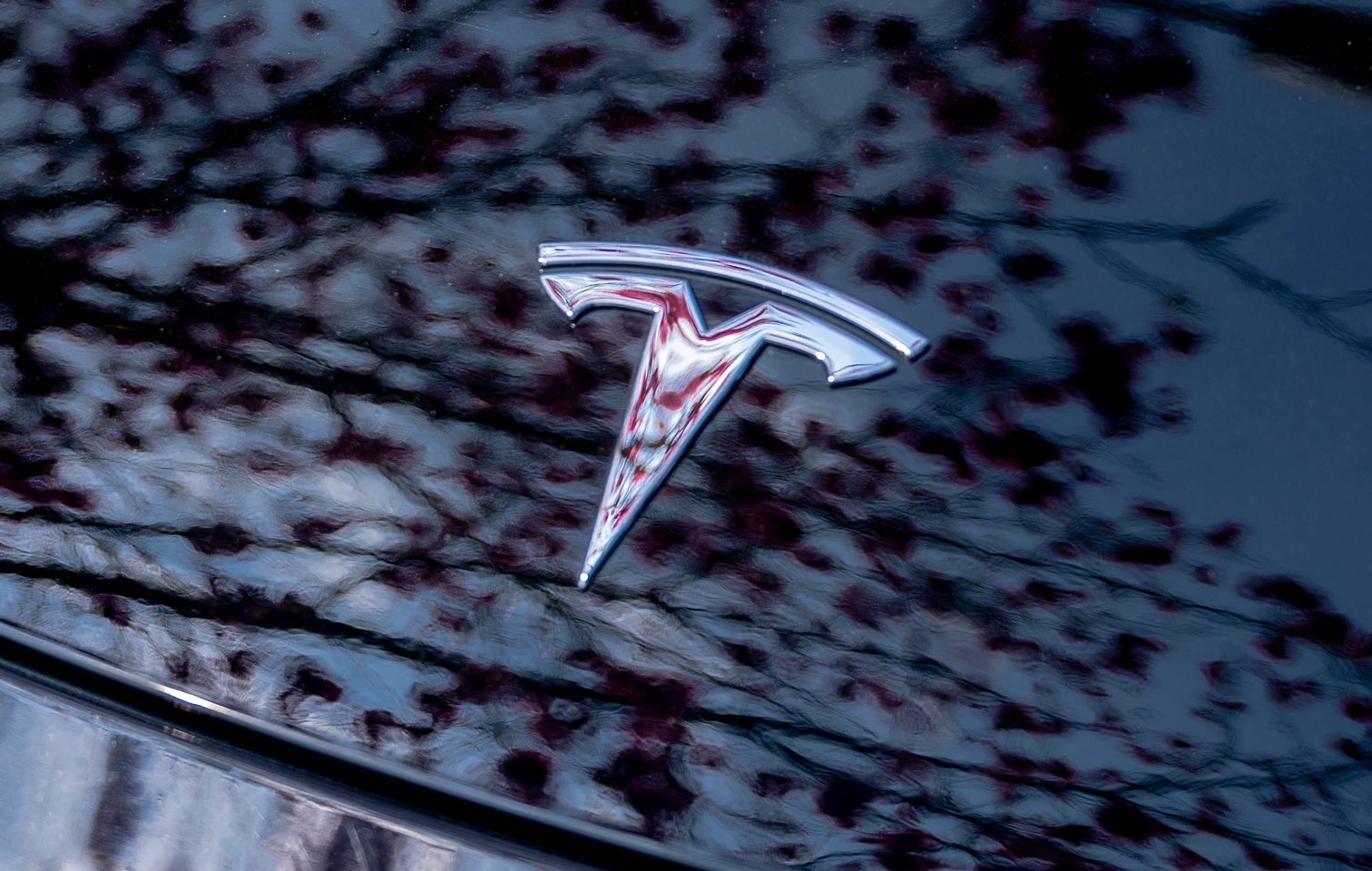
The next Tesla earnings call is a week away, and many investors have already started voting on which questions they want answered during the meeting.
Shareholders can submit and vote on questions for the upcoming call using the Say Technologies platform and at the time of writing, the page already has a total of 2.59 million Tesla shares represented in the polls across a total of 6,390 participants. The Q1 2025 Tesla earnings call is set for next Tuesday, April 22 at 2:30 p.m. Pacific, and will be hosted live on X.
Currently, the top questions for the call include those about Tesla’s highly anticipated launch of Full Self-Driving (FSD) Unsupervised and the Cybercab, plans for more affordable models, the uncertain global economic climate, the Optimus robot, and more. Shareholders can continue submitting questions on the platform until Monday, April 21 at 1:00 p.m. Pacific.
Tesla reported delivering 336,681 vehicles and producing 362,215 in the first quarter of the year, and the company noted that it lost several weeks of production as it transitioned to building the new Model Y. The company also reported deploying 10.4 GWh of energy storage products, compared to just 4,053 MWh in the first quarter of last year.
Interestingly, Tesla shifted its wording of the earnings call in this year’s Q1 production and delivery report, instead referring to the upcoming meeting as a “Q1 Company Update.”
READ MORE ON Q1 2025: Global EV sales climbed 29% in March, powered by China and Europe
Top 15 questions for Tesla’s Q1 2025 earnings call, by shares represented
- When will FSD unsupervised be available for personal use on personally-owned cars? (2,000 votes, 1.2 million shares)
- Is Tesla still on track for releasing “more affordable models” this year? Or will you be focusing on simplified versions to enhance affordability, similar to the RWD Cybertruck? (2,000 votes, 890,700 shares)
- How is Tesla positioning itself to flexibly adapt to global economic risks in the form of tariffs, political biases, etc.? (1,400 votes, 640,600 shares)
- Did Tesla experience any meaningful changes in order inflow rate in Q1 relating to all of the rumors of “brand damage”? (728 votes, 562,000 shares)
- Does Tesla still have a battery supply constraint (noted on Q4 ER call) and how does this change w/tariffs? (606 votes, 491,400 shares)
- Robotaxi still on track for this year? (1,300 votes, 426,700 shares)
- Regarding the Tesla Optimus pilot line, could you confirm if it is currently operational? If so, what is the current production rate of Optimus bots per week? Additionally, how might the recent tariffs impact the scalability of this production line moving forward? (744 votes, 405,400 shares)
- Can you provide more details on the plans for HW3 upgrade path for FSD? (411 votes, 376,500 shares)
- What is the plan to achieve the Whitehouse stated goal of doubling deliveries in 2 years based on specific market segments and regional factory contributions? (398 votes, 364,900 shares)
- When do you expect Robotaxi to expand to all major US cities? (809 votes, 318,900 shares)
- What is the Tesla solution for megapack battery cell supply in the US relating to tariffs and when does it come on line in production volume? Did Tesla import sufficient supply of LFP until US LFP Is ready? (307 votes, 315,200 shares)
- Has Tesla received any formal interest or entered into discussions with other automakers about licensing FSD technology, and if so, can you share any progress or obstacles you’ve encountered in those conversations? (334 votes, 288,900 shares)
- How is the AI for Optimus progressing? (319 votes, 286,700 shares)
- When is Grok coming to Tesla vehicles? And will it be able to control anything in the car? (372 votes, 241,000 shares)
- When will Tesla Insurance be available in all 50 states. I’m from Idaho, and I’m surrounded by states where it is available, but it isn’t available in my state. (195 votes, 224,200 shares)
Tesla reveals its Q1 Supercharger voting winners, opens next round
Elon Musk
Elon Musk continues to push optimistic goal for Tesla Full Self-Driving
Elon Musk continues to push the idea that Teslas will be able to drive themselves to your house this year on their own. It’s perhaps the most committed we’ve seen him toward a timeline.
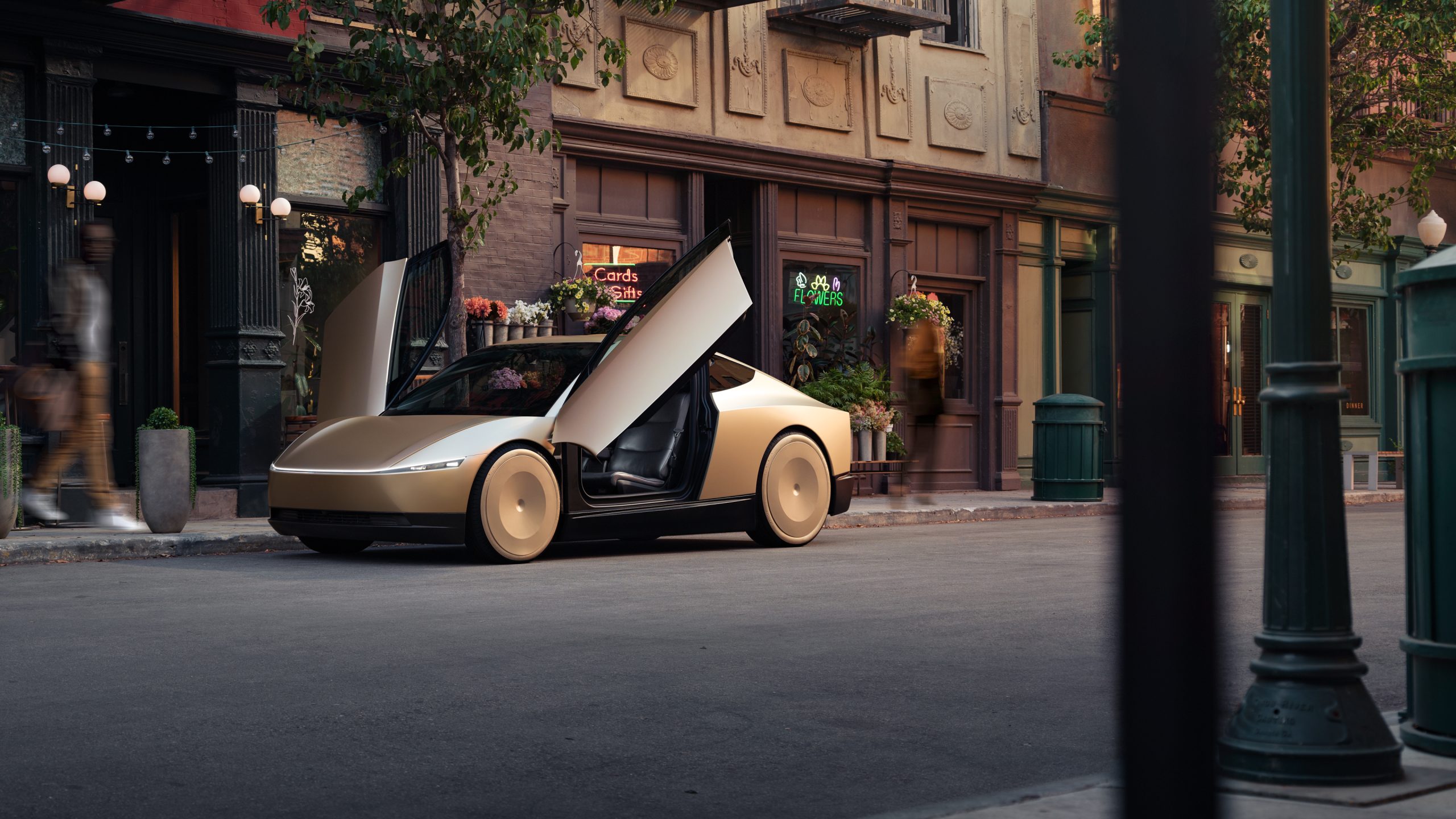
Elon Musk has always been optimistic about when Tesla would be able to solve Full Self-Driving and what its capabilities would be, and sometimes, he’s been a tad too optimistic.
We have heard for many years that Tesla will solve Full Self-Driving by the “end of this year,” and “this” means whichever year he said it in. But this time, he’s putting all his eggs in the 2025 basket, and it was further reiterated in a recent post from the Tesla CEO on X.
Musk’s Tesla has launched several versions of Full Self-Driving in recent months that are extremely impressive. I’ve tried some of these recently-released versions within the last week, and I’ve grown extremely impressed with the performance of FSD, especially in some situations that are even tricky for humans to maneuver.
However, Tesla’s FSD suite handled it flawlessly. That’s the kind of thing investors and consumers need to see before it is released, especially as we’ve all heard the “this year” speech for nearly a decade. It might be the real thing this time, especially as the company is leaning heavily on the Robotaxi fleet to take it to the next level.
Earlier today, Tesla’s official account on X indicated that your car will be able to drive itself to your house. Musk had a witty and simple reply, something that indicates and reiterates his optimistic outlook for FSD as it continues to be refined and adjusted for what will likely be a June release in Austin, Texas:
This year https://t.co/2eCadrXYfd
— Elon Musk (@elonmusk) April 15, 2025
Of course, this is not a confirmation that Tesla will roll out Full Self-Driving that is unsupervised within the next few months. It is increasingly obvious that Musk is gaining tons of confidence in what the company is doing, as he has reiterated this end-of-year target on several occasions.
It does not appear that the release of FSD will be a widespread one. Instead, it seems as if Tesla will roll out the Robotaxi fleet in several cities at first, as it has already taken several regulatory steps in Texas and California.
If Tesla is able to come through on this, it would be massive for the company and its investors, especially as the FSD suite is a major point of value for the future. However, not coming through on this timeline would be a massive misstep for the company. Musk’s adamance regarding the 2025 rollout of self-driving features is truly the most committed we’ve ever seen him toward this sort of timeline.
News
Tesla Cybertruck needs changes before Australia entry, but no guarantees it will arrive
Tesla Cybertruck could make its way to Australia, but the company’s country manager is not convinced quite yet.e
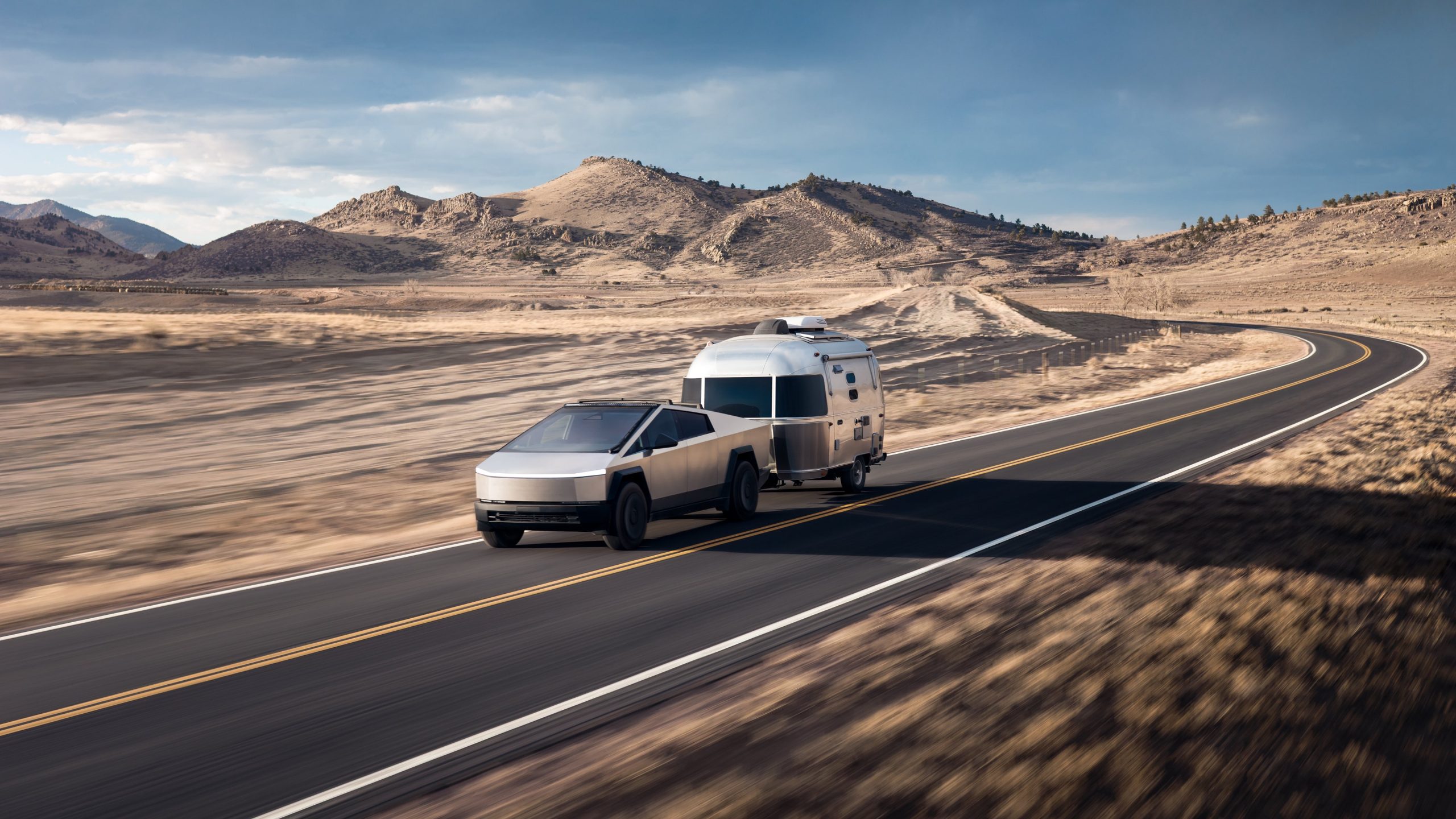
The Tesla Cybertruck is still in need of some changes before it makes its way to Australia, but the country’s director is still unsure whether the vehicle will ever make its way down under.
In March, we reported on Tesla’s intention to bring the Cybertruck to Australia and potentially New Zealand. Country Manager Thom Drew said Tesla had intentions to bring the truck to the market, especially as there is a lack of a “real workhorse, full EV that has the range and capability that Cybertruck does.”
Tesla plans to bring Cybertruck to new market for a big advantage
Now, there has been more criticism about the concerns for the vehicle to be approved for operation in Australia. Various people have said that the Cybertruck would not comply with Australian Design Rules, according to EVCentral. But Drew believes that those critics are simply spouting their opinions.
At the Melbourne Motor Show, Drew said:
“A lot of those concerns are unfounded around its compliance. There is a lot about it that works within the Australian compliance system. Are there changes required? That is absolutely part of the discussion with headquarters at the moment.”
It sounds as if Tesla might not have to change the truck but potentially redesign an all-new pickup design. The new truck will have to be right-hand drive, and steer-by-wire has been mentioned in some discussions as a potential issue for passing the ADRs.
Additionally, the shape and angles of the Cybertruck have been criticized in several markets as potentially dangerous to pedestrians. However, if you take the angular design and steer-by-wire away, it’s not really a Cybertruck any longer; it might end up being Tesla’s first traditional pickup design.
Currently, Drew remains skeptical that the Cybertruck will ever break into the Australian market. He said that a lot of these changes would require significant adjustments to the Cybertruck manufacturing program, as right-hand-drive units would have to be produced on the production lines in Gigafactory Texas. This could throw a wrench into the production timeline.
He added:
“I think the consideration we have to make a decision on, as a business, is Australia really the only right-hand drive market where it’s suitable? That is obviously part of the consideration for the program. I am not confident it’s coming, but we are discussing it. Locally, we want to see it [Cybertruck] here but it’s certainly not a done deal just yet.”
It seems somewhat unlikely as of right now that the Cybertruck will make its way into a new market.
-
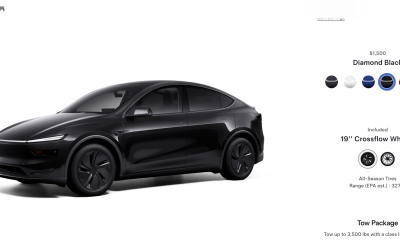
 News2 weeks ago
News2 weeks agoTesla rolls out new, more affordable trim of the Model Y Juniper in U.S.
-
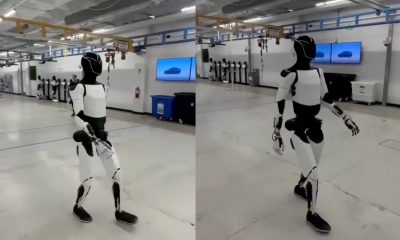
 News2 weeks ago
News2 weeks agoTesla shares Optimus’ improved walk in new update video
-
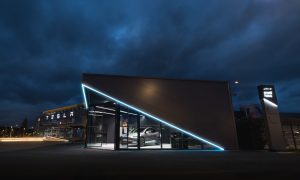
 Elon Musk2 weeks ago
Elon Musk2 weeks agoTesla Germany reports 4,935 units sold in Q1 2025
-
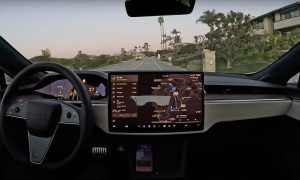
 News2 weeks ago
News2 weeks agoTesla expands Early Access Program (EAP) for early Full Self-Driving testing
-

 Elon Musk2 weeks ago
Elon Musk2 weeks agoNYC Comptroller moves to sue Tesla for securities violations
-
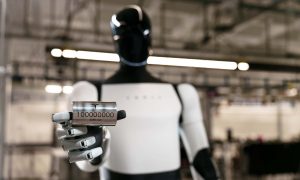
 News1 week ago
News1 week agoTesla celebrates key milestone for 4680 battery cell production cost
-
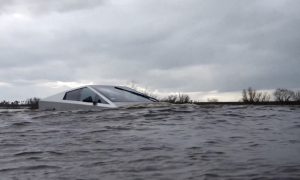
 News2 weeks ago
News2 weeks agoTesla’s Elon Musk reiterates ambitious Cybertruck water update
-
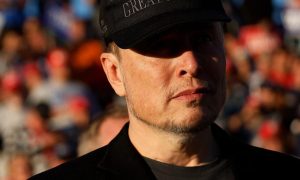
 News2 weeks ago
News2 weeks agoElon Musk will continue as DOGE adviser: VP Vance

